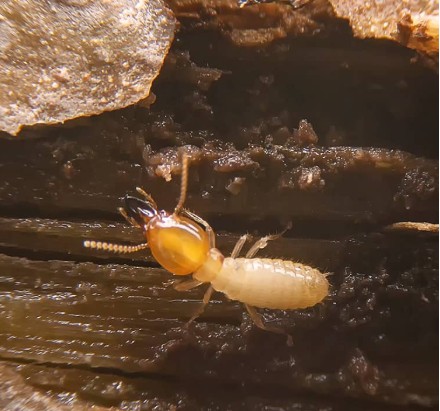Termites may be small, but they pose a significant threat to homes and buildings across the globe. Known as "silent destroyers," these pests can cause extensive damage before their presence is even noticed. Fortunately, modern termite treatments offer effective ways to eliminate infestations and prevent future problems. Whether you're dealing with an active termite colony or taking preventive action, understanding the types of termite treatments available can save you thousands in potential repair costs.
Why Termite Control Is Critical
Termites feed on cellulose, a compound found in wood and plant materials. This means anything from the wooden frame of your house to furniture, flooring, and even paper goods can become their next meal. Each year, termites are responsible for billions of dollars in structural damage worldwide.
What makes termites especially dangerous is their stealth. By the time visible signs appear—such as hollow-sounding wood, sagging floors, or mud tubes—it’s likely that significant internal damage has already been done.
Signs You May Have Termites
Before diving into treatment options, it helps to recognize signs of a termite infestation:
- Mud tubes on walls or foundations
- Discarded wings from swarmers (reproductive termites)
- Hollow or damaged wood
- Bubbling paint or warped wood
- Visible termite droppings (frass)
If you notice any of these signs, it’s essential to act quickly by calling a professional termite control service.
Types of Termite Treatments
When it comes to termite treatments, professionals use a variety of methods based on the severity of the infestation, the type of termite (subterranean or drywood), and the structure of your home. Here are the most commonly used approaches:
1. Liquid Termiticides
One of the most traditional and effective solutions, liquid termiticides are applied to the soil around the foundation. These chemicals create a barrier that either repels termites or kills them upon contact.
- Pros: Long-lasting (can protect for up to 10 years), cost-effective
- Best for: Subterranean termites
Modern formulations are less toxic and safer for humans and pets, though application should always be handled by licensed professionals.
2. Baiting Systems
Bait systems involve placing stations with slow-acting insecticide around the perimeter of your home. Termites feed on the bait and bring it back to their colony, eventually wiping it out.
- Pros: Minimal disruption, eco-friendly, ongoing monitoring
- Best for: Detecting and eliminating colonies
These systems are particularly useful in sensitive environments or as part of a long-term termite management plan.
3. Wood Treatments
Wood treatments involve applying termiticides or borate-based solutions directly to wood. This can kill existing termites and prevent future infestations.
- Pros: Excellent for preventive use in new construction or renovations
- Best for: Drywood termites or protecting vulnerable wooden structures
4. Fumigation
Fumigation is a whole-structure treatment that involves sealing the building and filling it with a toxic gas that kills all termites inside.
- Pros: Highly effective, thorough
- Best for: Severe infestations, especially with drywood termites
This method requires temporary evacuation and is generally a last resort due to its invasive nature.
Preventing Future Termite Infestations
Once you've handled an infestation, it’s crucial to take preventive measures to avoid future termite problems:
- Eliminate Moisture: Termites thrive in moist environments. Fix leaks and ensure proper drainage.
- Remove Wood Contact with Soil: Avoid direct wood-to-soil contact around your home’s foundation.
- Regular Inspections: Schedule annual inspections with a pest control professional.
- Use Treated Wood: Especially in areas prone to termites, treated wood can serve as a long-lasting barrier.
DIY vs. Professional Termite Treatments
While some DIY products exist, termites are best handled by professionals. These pests work underground or inside walls, making them hard to detect and treat effectively without specialized knowledge and tools. Professional termite treatment not only ensures more effective results but often comes with a warranty or service guarantee.
Conclusion
Termites may be out of sight, but they should never be out of mind. With a wide range of termite treatments available—from liquid barriers and bait systems to fumigation and wood preservatives—there’s a solution for every type of infestation.
If you suspect termites in your home, don’t delay. Contact a certified pest control expert to evaluate your property and recommend the most effective treatment plan. Proactive measures today can save you from extensive repairs and high costs tomorrow, ensuring your home remains safe, sound, and termite-free.





Comments